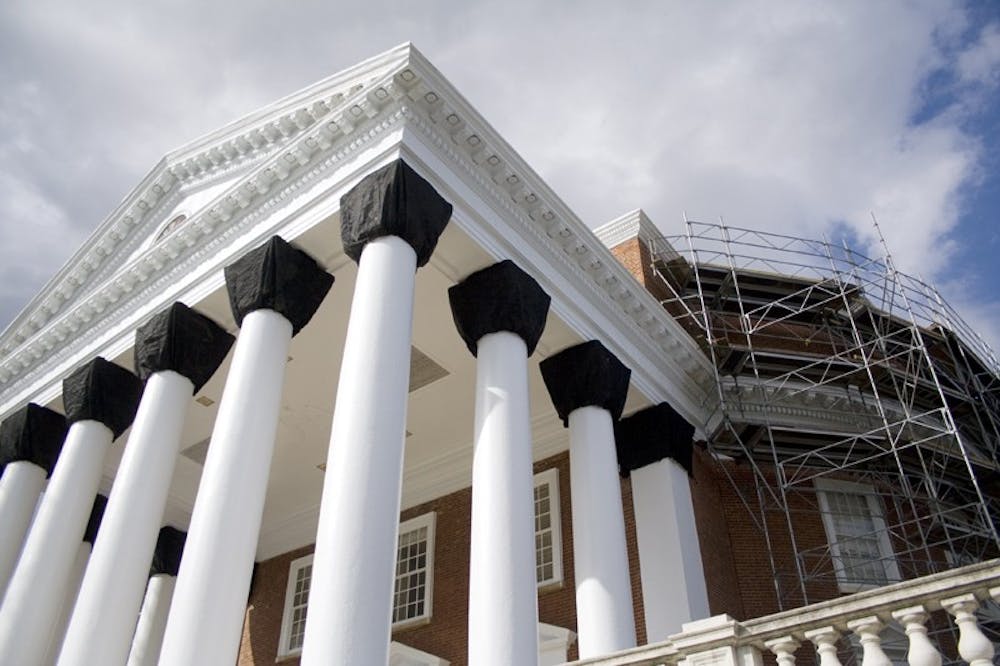Studies have shown students who begin at community college before transferring to four-year colleges or universities are less likely to earn a bachelor’s degree than their peers who begin their undergraduate educations at four-year institutions. Research published last Tuesday by City University of New York scholars Paul Attewell and David B. Monaghan pinpoints the process of transferring credits as contributing to this discrepancy.
Attewell, a professor at the CUNY Graduate Center, and Monaghan, a sociology doctoral candidate, conducted the study, which was funded by the Bill and Melinda Gates Foundation in response to the increasing number of students starting at community colleges rather than four-year schools.
Community colleges are attractive to students because they are often cheaper and more convenient, Attewell said. “They are a way to try out college for students who weren’t academically strong in high school,” he said.
But only about 25 percent of students who start at a community college obtain a bachelor’s degree in six years. This is a much lower proportion than the 46 percent of students who start at four-year colleges. Attewell and Monaghan conducted their study to find out why this disparity exists.
Transferring to the University
University students and administrators described a transfer experience which deviates from the norm suggested in the study. Dean of Transfer Students Frank Papovich and several transfer students said the articulation agreement between the Virginia Community College System and U.Va. is helpful in ensuring students’ academic credits transfer successfully.
According to its website, the University grants transfer credit based on several factors, including applicability of the courses to fulfilling degree requirements of the student’s intended major and accreditation of the institution at which the work was completed.
Alumna Rachel Boag transferred to the University from Lord Fairfax Community College in Middletown, Virginia. She said no one she knew from her community college had any difficulty transferring their credits to the University.
“The articulation agreement between the Virginia Community College System and U.Va. seems very well organized and really facilitates credit transfers,” Boag said in an email. “In my experience usually all the credits transfer as something, though not always as credit towards a major or minor.”
Attewell and Monaghan also identified “empty” credits, which count toward graduation but not the requirements students need to fulfill, as another problem with the transfer process.
Third-year student Ben Colallilo came to the University as a second year from Trinity College in Connecticut. Colallilo said about half of his credits are “just there,” because classes which fulfilled Trinity’s requirements did not fulfill University requirements.
“Since I didn’t know exactly what I was doing from day one, I wasn’t able to double major or minor,” Collalilo said.
Having a specific plan seems to help transfer students achieve their academic goals. Third-year College student Ruoxi Cao transferred from James Madison University after her first year of college.
“Some people really take advantage [of opportunities],” Cao said. “The entire transfer experience depends on the individual.”
Shraddha Prasad, assistant director of the University’s Orientation and New Student Programs, is the faculty leader for Transfer Student Peer Advising.
“Many [transfer students] are really motivated from the get-go,” she said. “They’re ready when they get here to take on the challenge.”
But Prasad acknowledged some things are more difficult for transfer students. Some selective programs, such as the Commerce School, are difficult for students to transfer into because of the prerequisites.
Second-year Pete Hanner transferred to the University from the University of North Carolina. He said his transfer process was inconvenient, but not impossible.
“My credits were relatively easy to transfer,” Hanner said in an email. “I feel that is largely due to Virginia and North Carolina being similarly structured schools.”
Though their study emphasized problems with the transfer of credit process, Attewell and Monaghan said the transfer process in general is problematic.
“About half of students who get a BA nowadays do not graduate where they began [school],” Atwell said. He said colleges and universities should adjust their transfer policies to accommodate this new reality.
Boag said transferring can be difficult whether or not students’ credits transfer easily.
“As a transfer student you’re thrust into a situation where your peers are already comfortable in their routines and you have to break into that environment,” Boag said. “Expectations are higher for you than for a first year because you’re a second or third year in terms of your academic status, but you’re very much a first year in knowing the ins and outs of University academic and social life.”







